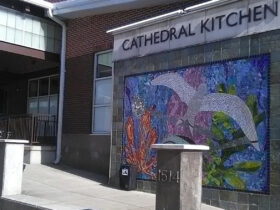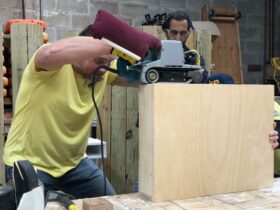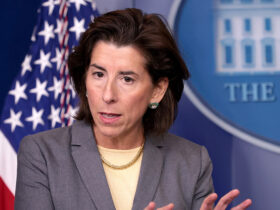 For over a century, African Americans fought and died for their right to vote. In an attempt to ensure their superiority and power over the country, mostly white southerners restricted Black voter participation. They believed that Black people were not educated, trusted, or capable enough to vote for the leaders of our country. Therefore, despite the 15th Amendment, they implemented poll taxes, literacy tests, and grandfather clauses that prohibited African Americans to vote. The Supreme Court allowed individuals and private parties to mistreat, discriminate against, and kill black people, as demonstrated in US v Cruikshank. White supremacist groups like the Ku Klux Klan massacred Black voters without fear for punishment. Yet, African Americans continued to strive towards equal rights. Even after facing violent, fatal attacks, Martin Luther King Jr and other historical Black figures led protests and marches demanding the right to vote. Because of these continuing efforts, Black people have gained increasing rights and access to voting. Today, Blacks possess more opportunities than their ancestors. Yet, voter participation is still relatively low.
For over a century, African Americans fought and died for their right to vote. In an attempt to ensure their superiority and power over the country, mostly white southerners restricted Black voter participation. They believed that Black people were not educated, trusted, or capable enough to vote for the leaders of our country. Therefore, despite the 15th Amendment, they implemented poll taxes, literacy tests, and grandfather clauses that prohibited African Americans to vote. The Supreme Court allowed individuals and private parties to mistreat, discriminate against, and kill black people, as demonstrated in US v Cruikshank. White supremacist groups like the Ku Klux Klan massacred Black voters without fear for punishment. Yet, African Americans continued to strive towards equal rights. Even after facing violent, fatal attacks, Martin Luther King Jr and other historical Black figures led protests and marches demanding the right to vote. Because of these continuing efforts, Black people have gained increasing rights and access to voting. Today, Blacks possess more opportunities than their ancestors. Yet, voter participation is still relatively low.
In the 2016 presidential election, just 59.6% of eligible Black voters voted, which was a significant drop from a historically high turnout of 66.6% of voters in 2012. While some argue that African American voters are simply lazy and apathetic about these elections, Black people actually have a higher participation rate than other minority groups such as Asians and Latinos. Furthermore, voter suppression still exists. Just two years ago, during the 2018 midterm elections, the racial discrimination towards voters was evident. In Georgia, Republican governor candidate Brian Kemp and his office placed 53,000 voter registrations on hold, with 70% of them from black voters. In North Carolina, after the death of Republican operative Thomas Hofeller in 2018, records revealed that he targeted Black voters by drawing new political maps and imposing voter identification laws. In 2016, Texas, Arizona, Louisiana, Alabama, Mississippi, North Carolina, and South Carolina closed hundreds of polling places in areas with a large Black population. Voter disenfranchisement is real and continues to unfairly target the African American community in ways similar to the past. As much progress as our nation has made throughout its history, we still have a ways to go. We must remove these current obstacles so that more and more African Americans show up to polls and understand the significance of voting.
In 2008 and 2012, Black voter participation reached an all time high. During President Obama’s eight years in office, the real median income of Black households increased by 4.1%. The African American poverty rate fell to 2.1 percentage points. The four-year high school graduation rate for African American students reached an all-time high of 72.5%. These numbers demonstrate the direct correlation between high Black voter participation and the improvement of conditions and successes of the Black community.
During the recent Black Lives Matter protests in response to the killing of George Floyd and police brutality, the whole world stopped and stared at young Black individuals fighting for justice. Officers have been charged and arrested. Confederate and racist monuments have been dismantled. Various police departments’ budgets have been cut. When the nation erupts in support of racial equality and Black justice, change happens. Injustices are recognized. The act of marching with signs, signing petitions, and crying for reform achieved so much in just a few months even without direct contact with government officials. While these actions are truly revolutionary, they cannot create significant and lasting change unless those in power respond with their own words, bills, and policies. In other words, as a Democratic Republic, our nation relies on elected officials to make change based on the initiatives of the people. Thus, it is crucial to vote so that you can elect leaders who are willing to listen to the public and make decisions that will benefit your community. Those in power like the president hold the ability to create lasting change by passing bills and promoting proposals that have the people’s desires in mind.
We are in the midst of a cultural, demographic transition, where non-white people make up nearly 40% of the nation’s population. Millennials and Gen Zers comprise the largest segment of the American population. Look what you have done during the protests. Imagine what you can do by coming out to vote.















